For every museum, artifacts and their accompanying stories are the soul of the museum. Collecting artifacts is difficult, preserving and maintaining artifacts is even more difficult, especially metal artifacts. Preservation and treatment in museums is an important activity to limit the deterioration of artifacts due to the effects of oxidation, corrosion, deformation, environmental impact, etc. Preservation and treatment does not stop at prevention but also includes specific measures to handle and restore artifacts, to ensure they are maintained in the best condition.
Therefore, preventive and therapeutic preservation work must be carried out in a very scientific and careful manner. For each artifact, depending on the material and current condition, different preservation methods and processes will be used. For metal artifacts, the methods applied in preservation and treatment must ensure scientificity and meet the most important principle, which is to maintain the original state of the artifact's shape and characteristics.
The Southern Women's Museum, formerly the Southern Women's Traditional House, currently preserves a number of metal artifacts made of gold, silver, copper, iron, etc., including a large number of iron artifacts. Iron artifacts are susceptible to corrosion and damage over time, requiring a careful and scientific preservation and treatment process. To preserve and treat an iron artifact, the following steps must be taken:
Chemicals used in the treatment process: ethanol, acetone, tannic acid, Paraloid B72, distilled water.
Tools used in the treatment process: Camera, computer, hair dryer, notebook, measuring tape of all kinds, weight scale, flashlight, desk lamp, magnifying glass, goggles, gloves, medical mask, medical instruments, protective gear, cotton, soft towel, tray, vacuum cleaner, scrub brush, sandpaper, polishing tools, induction cooker, stainless steel pot, brushes of all kinds.
First step, survey and evaluate the condition of the artifact before performing preservation.
First, each object needs to be thoroughly surveyed and evaluated. This process includes recording initial parameters such as size, weight, surface condition and other details, along with taking photos of the object from different angles. This information is an important database for monitoring and evaluating the effectiveness of the preservation process. It also helps us better understand the original condition of the object, clearly identify impurities, types of damage and the risk of damage to the object. The types of impurities and types of damage recorded are:
- Close observation with the naked eye shows that the surface of the artifacts is heavily rusted, causing the paint to peel off, the letters to fade, and corrosion to cause dents...
- Use a magnifying glass and flashlight to shine on the surface of the artifact to see the fine dust and impurities stuck on the surface.
The coating adheres to the entire surface of the artifact.
Fine dust and impurities cover the entire artifact.
Step 2, clean the artifact, remove harmful agents
After the survey, the object will be mechanically cleaned. This step includes cleaning the surface of the object with tools such as wire brushes, plastic brushes, combined with a solution of distilled water and ethanol. This cleaning process can be repeated many times to completely remove stains and rust on the surface of the object. For objects that have been preserved with oil, use dishwashing liquid to remove the oil layer before performing mechanical cleaning. After cleaning the rust, use a vacuum cleaner to remove the impurities that have been removed from the object.

Use a wire brush to remove rust and scale.
Use a vacuum cleaner to clean up impurities.
Step 3, use chemicals to clean the surface of the artifact after cleaning.
Next is the chemical cleaning process. The artifact is cleaned with ethanol and distilled water to remove any remaining dirt from the mechanical cleaning process. Ethanol is a safe and effective solvent that helps remove stains that distilled water cannot clean. The artifact is then left to dry naturally for 24-48 hours.

Alcohol and distilled water
Use alcohol spray and cleaning brush
Step 4, inhibit corrosion
Use a solution of tannic acid mixed with warm distilled water at a ratio of 2% (for artifacts made of iron), to treat and brush the surface of the artifact many times (for large artifacts) and soak it (for small artifacts). Then let the artifact dry naturally for about 24 - 48 hours. This solution will penetrate to help clean the iron surface and prevent the development of rust in the future. This process not only helps clean the artifact but also helps protect the iron surface from oxidation. The use of chemicals must be done carefully and in compliance with safety regulations to avoid harm to the artifact as well as the person performing the work.
Mix tannic acid and warm water at a ratio of 2%.
Tannic acid anti-corrosion inhibitor
Step 5, Reinforce and protect artifacts
The final step in the preservation process is to reinforce and create a protective film for the artifact. Use Paraloid B72 combined with acetol at a ratio of 10%, use a soft brush to evenly cover the surface of the artifact to create a protective film, then let the artifact dry naturally for 24-48 hours. Paraloid B72 is a synthetic resin that can create a transparent film, helping to protect the surface of the artifact from environmental impacts. Depending on the condition and size of the artifact, you can choose the soaking method for small artifacts or brush multiple times for large artifacts. This protective film not only helps protect the artifact from environmental factors such as humidity, temperature, and light, but also helps maintain the physical condition of the artifact, ensuring that they are not further damaged during storage and display. Reinforcing and protecting artifacts is an important step to ensure that artifacts are always in the best condition, ready for display and conservation plans.
Use Paraloid B72 at 10% ratio to reinforce the protective film layer.
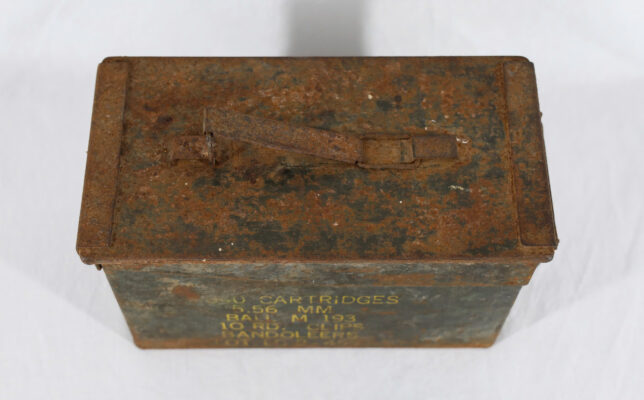
Artifact before conservation
Artifact after preservation
Artifact before conservation
Artifact after preservation
Artifact before conservation
Artifact after preservation
Artifact before conservation
Artifact after preservation
Preventive preservation of metal artifacts after therapeutic preservation
The main causes of deterioration of metal artifacts are oxygen, moisture and airborne pollutants, so it is important to preserve, store and display artifacts in an environment where these factors can be controlled.
- Continue to classify storage according to metal material, store in the same space, size and type of artifacts;
- Do not place metal artifacts directly on the floor or against the wall. Metal artifacts should not be stored in the basement due to high humidity;
- Keep metal artifacts away from moisture-absorbing materials; wrap artifacts in acid-free soft paper; place artifacts in acid-free boxes;
- Store and display metal artifacts on steel shelves instead of wooden shelves, because steel shelves are stronger and do not produce toxic fumes. Industrial plywood or natural wood can release formaldehyde gas and organic acid vapors that promote corrosion.
- When displaying articulating objects, supports are needed, because the joints may not be strong enough to support the weight of part or all of the object.
- Do not place artifacts in sealed plastic bags because the humidity in the bag increases, creating a humid microclimate favorable for corrosion.
- Control the ideal environment in the warehouse at 22 o C and stable humidity from 45 -55%, light intensity < 300 lux or reduce lighting time because light can be detrimental to the coating and organic components on the artifacts.
The process of preserving and treating iron artifacts is a job that requires meticulousness, patience and high professional knowledge. Each step in the process plays an important role in protecting and maintaining the value of the artifacts. By strictly following the above steps, we can protect and preserve precious artifacts, contributing to preserving cultural and historical values for future generations. Preserving artifacts is not only a professional task but also a responsibility towards the cultural heritage of humanity. Thanks to the diligence and dedication of those working in the preservation work, iron artifacts will be protected and preserved, forever being historical witnesses of a past period.
References:
- Science of preserving museum artifacts and pests, Publishing House of Natural Science and Technology, published in 2022.
- Nguyen Thi Huong Thom 2023. Preservation of metal artifacts at the National Museum of History.
Ho Chi Minh City, December 16, 2024
Nguyen Dinh Trung
Inventory and Storage Department
Source: https://baotangphunu.com/cong-tac-bao-quan-tri-lieu-hien-vat-chat-lieu-sat-o-bao-tang-phu-nu-nam-bo/





















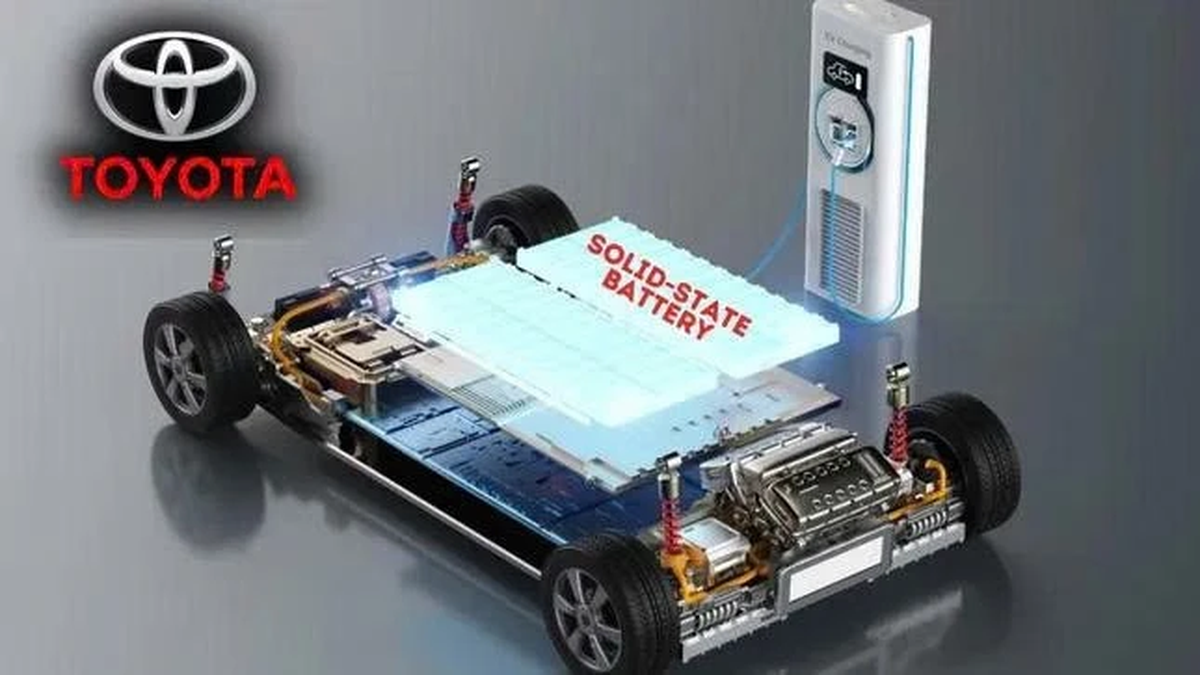

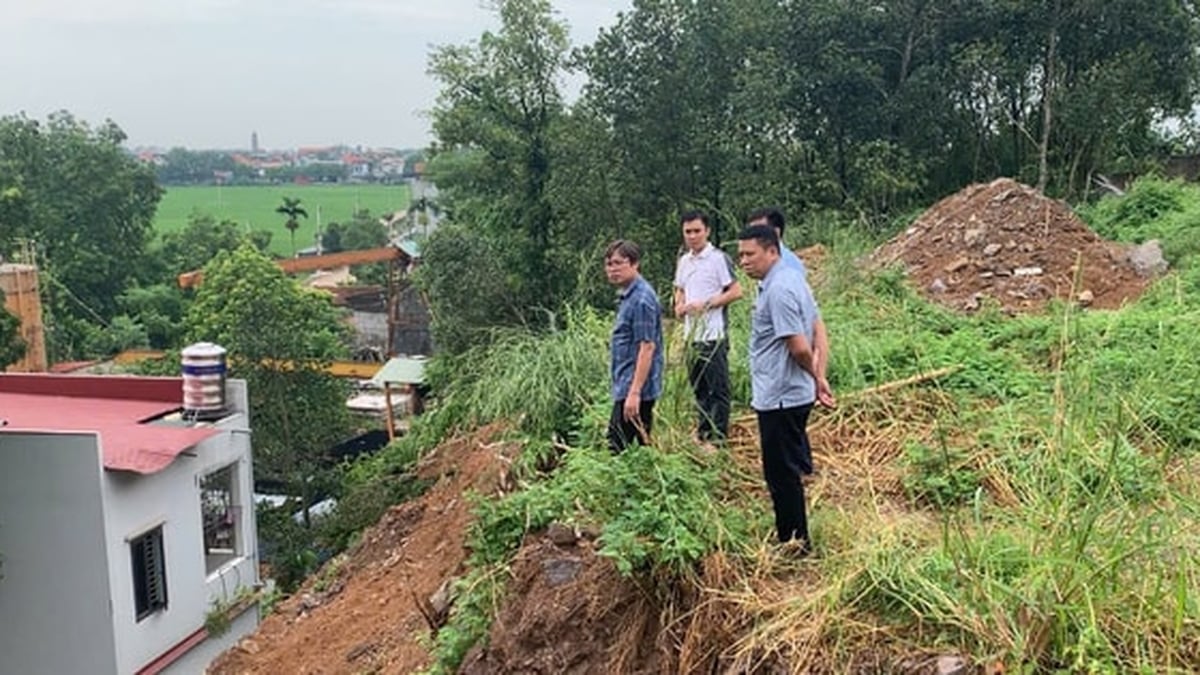





















![[Photo] National Assembly Chairman Tran Thanh Man visits Vietnamese Heroic Mother Ta Thi Tran](https://vphoto.vietnam.vn/thumb/1200x675/vietnam/resource/IMAGE/2025/7/20/765c0bd057dd44ad83ab89fe0255b783)






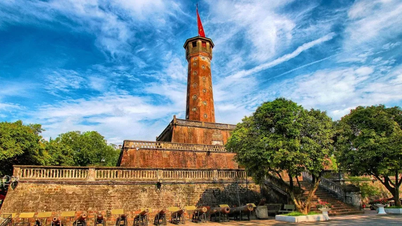

























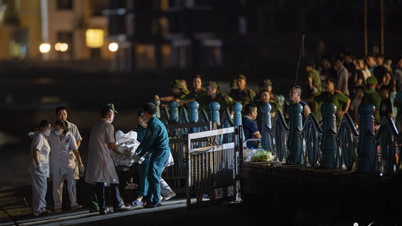

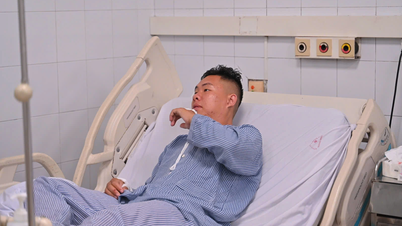
































Comment (0)